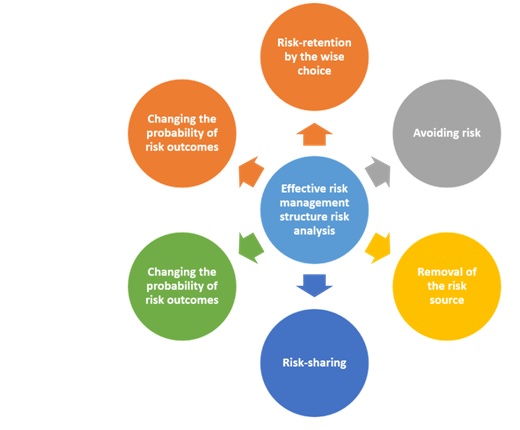Identifying and executing risk analysis may be an important step in risk-based thinking for ISO 14001 certification in UAE Environmental Management System (EMS). This blog is all about risk analysis and its importance in ISO 14001 EMS. We have a propensity to question the need to determine how serious the risk is before developing comprehensive risk control methods. With each risk you've identified, you may feel obliged to estimate the severity of the issue or problem, as well as the likelihood that the risk will occur again. You may also need to combine this with an evaluation of how likely the problem is to arise and whether or whether the problem can be identified By combining numbers assigned to these attributes in the failure mode and effect analysis you get the risk priorities (RPN) number (FMEA). This will help you to check the significance of each risk you've identified for your ISO 14001 Environmental Management System methodically. To make risk-based thinking work for your organization or firm, you must make your risk analysis closely match your risk. There are certain disadvantages of ISO 14001 that WIZMS can address.
What should one do after concluding that dangers are critical? You may need to determine what type of analysis to implement for each risk. But how does one go about doing this? The idea is to utilize risk significance to establish the appropriate level of analysis and management. This is most likely best understood as a conventional control framework that employs the most effective risk management techniques. The following are effective and efficient risk assessment methodologies, as stated in the context of ISO certification in UAE for Environmental Management System risk assessment:

For little risks, the most successful technique is to just accept the risk and go forward. If the issue or risk has a very low likelihood of recurring, or if it isn't so terrible that it will occur again, then just reacting to the situation will be the most effective decision you could make. This might be the situation when a possible avoidance strategy is simply too time-consuming or costly to justify the resources required to implement.
For substantial risks, you must place a higher priority on taking action to prevent the risk from occurring, or, in other words, modifying the likelihood of those risks occurring. This might be an improvement to the present process, the replacement of old instruments or equipment with far better equipment, or a dynamic approach to eliminating the elements that are causing the hazards. The key is that once the risk control measures are done, the risk ceases to exist. It is always necessary to have an ISO 14001 self-assessment checklist. on hand.
Eliminating the danger source is an effective risk-aversion strategy. This might entail making changes to the parts used in an assembly or eliminating a risky process step and replacing it with one that doesn't have the potential for any type of risk. Every company must understand the significance of ISO 14001 Gap anlysis in Dubai, UAE.
Generally, you should be able to shift risk elsewhere, which corresponds to adopting a procedure carried out by a qualified provider or expert rather than doing it yourself. Another method of shifting risk is to have insurance in place that will provide the necessary additional resources to deal with the ongoing problem or issue if it occurs.
Establishing administrative training, analysis, and frequent or periodic inspections may effectively and efficiently reduce the danger of occurrence. This guarantees that you will not only prevent the danger from occurring but will also increase your chances of detecting the risk if it occurs. This generally entails developing in-house contingency plans to deal with the consequences of the risk once it has occurred. These plans will include items like renovating goods or processes to return a process to its original form. If the risk remains, you now have measures and strategies in place to reduce the probability of risk outcomes.WIZMS depicts the many potential difficulties that one may face when preparing for the ISO 14001 certification process.
We frequently discuss risks in terms of their negative consequences; but, what if taking a risk turns out to be an opportunity for your organization or company? In these circumstances, you're analyzing the risk in terms of the development of your business, and you're just maximizing the potential and taking action to produce and make it happen. When you do this successfully, you are leveraging risks to gain from activities in the long term of your business. WIZMS provides ISO 14001 training in the UAE.